Table of Contents
What Is Chervil?
Chervil is often mistakenly called "chervil spice," but it is actually a delicate herb from the parsley family (Apiaceae), native to Europe and Western Asia. Unlike true spices, chervil is used fresh or dried as a culinary herb with subtle anise-like and licorice notes. It earned the nickname "queen of herbs" in French cuisine for its refined ability to enhance other flavors without overpowering them.
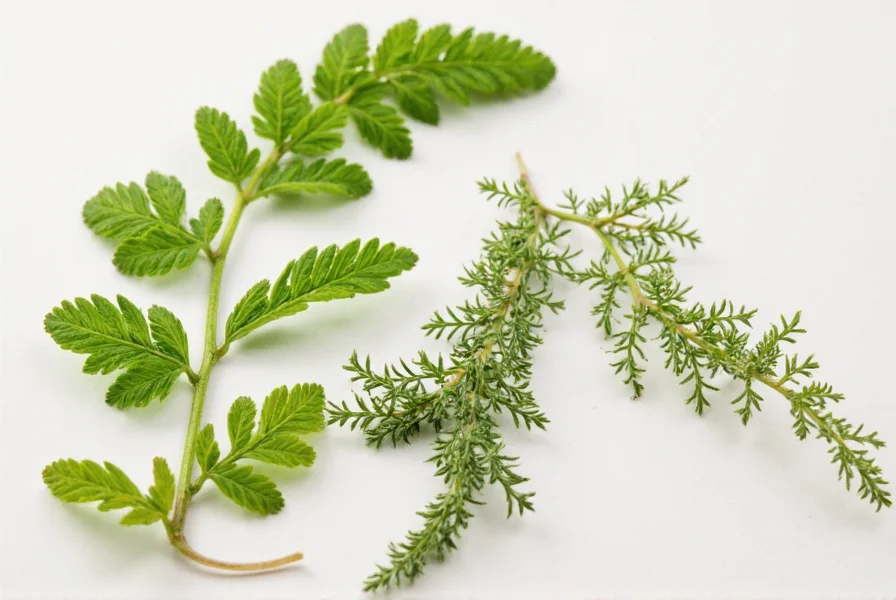
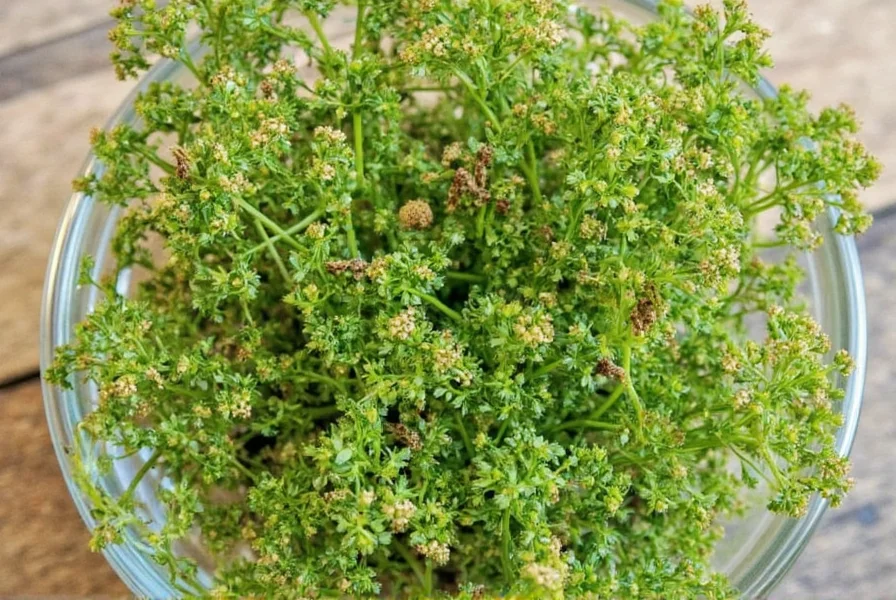
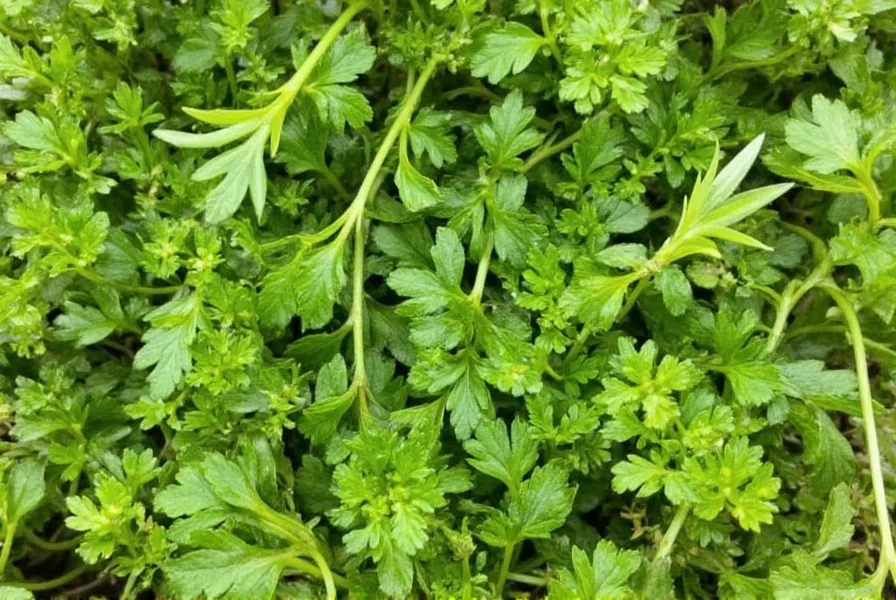
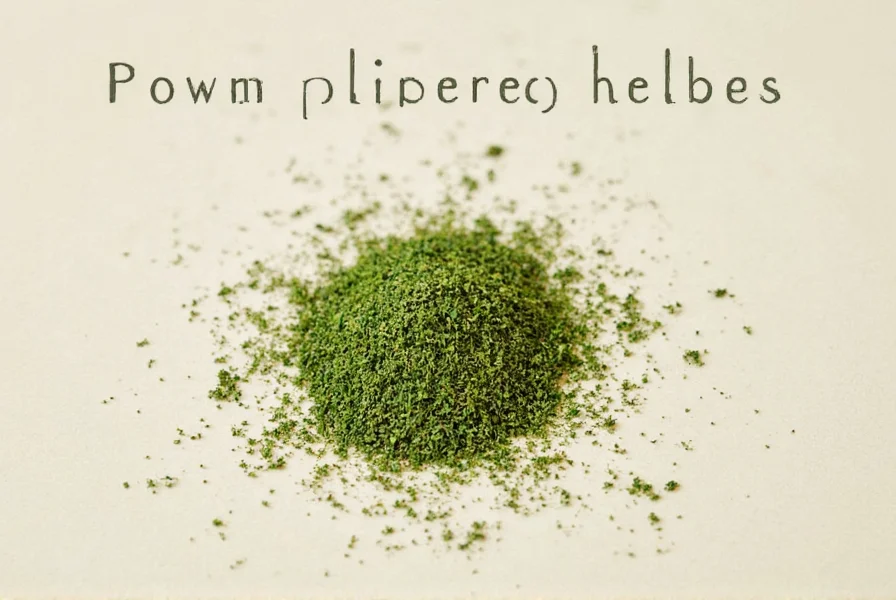
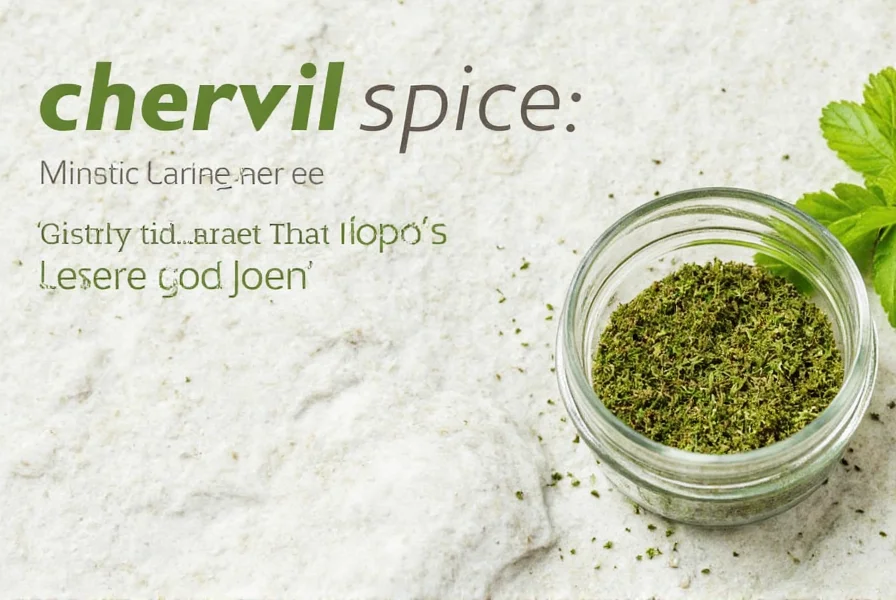
Flavor Profile and Uses
Chervil's flavor is light, fresh, and aromatic with a unique blend of notes—similar to parsley but with floral and licorice undertones. It pairs exceptionally well with dairy-based dishes like omelets, creamy soups, and sauces such as béarnaise. In French cuisine, it's a key component of "fine herbes" blends used for seasoning fish, meat, and vegetables.
Crucially, chervil loses its delicate flavor when exposed to heat. Always add it at the end of cooking to preserve its aroma. While fresh chervil is ideal, dried versions can be used in recipes where a milder flavor is acceptable.
| Flavor Notes | Description |
|---|---|
| Mild | Subtle and not overpowering |
| Anise-like | Similar to licorice with a sweet edge |
| Floral | Has a fresh, herbaceous aroma |
| Earthy | Complements rich or creamy dishes |
Practical Tips for Using Chervil
Here are essential techniques to maximize chervil's potential in your cooking:
- Use fresh whenever possible: Fresh leaves deliver the most vibrant flavor. Purchase from specialty grocers or farmers' markets, or grow your own.
- Add at the final stage: Incorporate chervil just before serving to retain its delicate aroma. Heat destroys its nuanced flavor profile.
- Pair with dairy: Enhance eggs, cheese, cream-based sauces, and butter dishes with chervil's subtle sweetness.
- Salad enhancement: Sprinkle chopped leaves over green salads, potato salads, or egg salads for a refreshing twist.
- Soup finishing touch: Stir a few leaves into pureed vegetable soups or creamy broths right before serving.
- Compound butter application: Mix finely chopped chervil into softened butter for topping grilled meats, vegetables, or bread.
- Sauce integration: Use in classic French sauces like sauce mousseline and vinaigrette for added complexity.
Buying Guide
When sourcing chervil, consider these key factors:
Where to Buy
Chervil is available at specialty grocery stores, farmers' markets, and reputable online retailers. Look for fresh bundles in the herb section or dried versions in the spice aisle. Prioritize suppliers with high turnover to ensure freshness.
Types of Chervil
Two main varieties exist: French chervil (milder, sweeter flavor preferred for cooking) and garden chervil (more robust, sometimes used medicinally). For culinary purposes, French chervil is recommended.
Key Quality Indicators
When selecting fresh chervil, check for:
- Vibrant green leaves without yellowing or wilting
- Firm, crisp stems
- Distinctive fresh, sweet aroma
- No signs of moisture damage or mold
Recommended Products
- Organic Fresh Chervil: Ideal for garnishing and immediate use in delicate dishes. Best for home cooks seeking authentic flavor.
- Dried Chervil: Convenient for long-term storage. Use in soups, stews, and baked goods when fresh isn't available. Note: Dried chervil has a more concentrated flavor.
- Herb Blends with Chervil: Some premium spice mixes include chervil with parsley and tarragon. These work well for seasoning meats and vegetables.
Conclusion
Chervil is a misunderstood culinary gem often incorrectly labeled as a "spice." This delicate herb brings subtle sophistication to dishes without overwhelming other ingredients. Its unique flavor profile makes it invaluable in French cuisine and modern cooking techniques.
Whether you're enhancing a simple salad or elevating a classic sauce, chervil's refined character can transform ordinary meals into extraordinary experiences. Add it to your pantry today and discover why it's been called the "queen of herbs" for centuries.
Frequently Asked Questions
What exactly is chervil?
Chervil is a delicate herb from the parsley family, not a ground spice. It's used fresh or dried as a culinary herb with mild anise-like and licorice notes. The term "chervil spice" is a common misnomer.
Can I substitute dried chervil for fresh in recipes?
Yes, but use one-third the amount of dried chervil compared to fresh, as drying concentrates the flavor. Add dried chervil early in cooking to rehydrate, while fresh should be added at the end to preserve its delicate taste.
What's the difference between chervil and cilantro?
Chervil has a milder, sweeter flavor with licorice notes, while cilantro has a bright, citrusy taste that can be polarizing. They're not interchangeable—chervil works in creamy dishes where cilantro would dominate.
How long does fresh chervil last in the refrigerator?
Wrap fresh chervil in a damp paper towel inside a sealed container or bag. Stored this way, it stays vibrant for 5-7 days. Avoid washing until ready to use to prevent premature wilting.
Why is chervil called the "queen of herbs"?
It earned this title in French cuisine for its subtle ability to enhance other flavors without overpowering them—like a refined queen who elevates everyone around her. It's essential in fines herbes blends but rarely the star.
Can I grow chervil at home?
Yes! Chervil thrives in cool, shady spots and moist soil. Plant seeds directly in spring or fall. Harvest outer leaves when plants are 6-8 inches tall, leaving the center to encourage regrowth for continuous use.

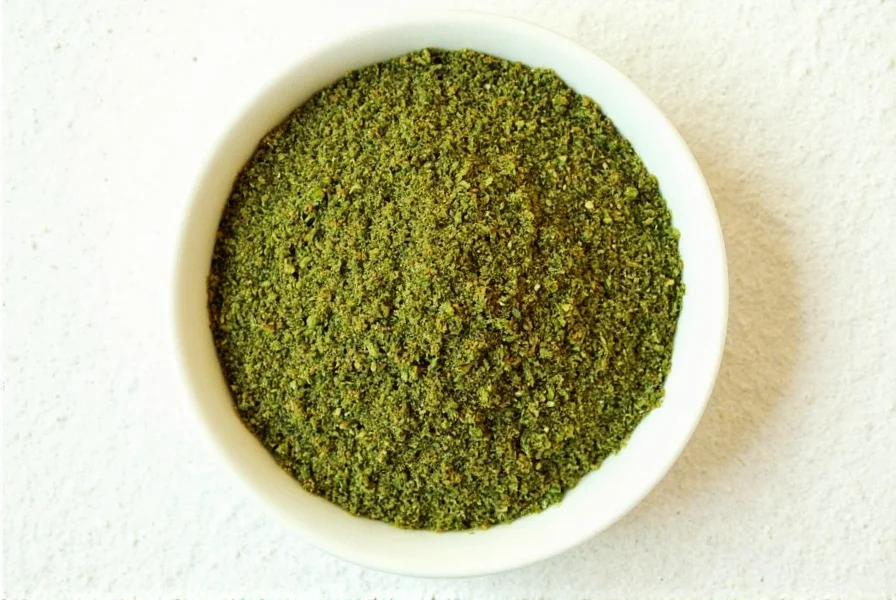









 浙公网安备
33010002000092号
浙公网安备
33010002000092号 浙B2-20120091-4
浙B2-20120091-4